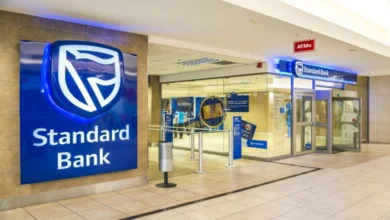
By George Weru, Kunal Shah and Timothy Karweti
At the end of 2019, banks closed their books and walked into what was expected to be a new and prosperous 2020. With all the t’s crossed and the i’s dotted, offer letters were signed, restructures were finalized and 2020 was expected to be just like any other year in business for both lenders and borrowers.

Just before the end of the first quarter of 2020, the first case of coronavirus (COVID-19) was reported in Kenya. For a week or two, nothing changed and it seemed as though we would weather the COVID-19 storm in a few short weeks.
However, it was not long before it became clear that this storm would not fade away but would instead linger and threaten in equal measure. Meanwhile, the Government also put in place measures aimed at containing the spread of the pandemic, such as a nationwide curfew, a ban on international flights and restrictions on any non-essential movement into and out of certain counties, among others.
Inevitably, these measures greatly impacted businesses in all sectors and particularly those in the entertainment, retail, hospitality, and aviation sectors.
During this period, many banks extended short-term relief measures to their customers, such as repayment holidays.
In many cases, lenders understandably did not have sufficient opportunity to ascertain whether their borrowers’ distress was entirely as a result of the pandemic (or measures put in place to contain the spread of the pandemic) or whether there were other underlying factors which had been amplified by the effects of the pandemic on the general economic environment.
The key assumption was that once the storm was over and the dust had settled, borrowers would continue with their repayments as usual.

That assumption is being tested as the relief periods negotiated with borrowers continue to lapse. According to the Central Bank of Kenya (CBK), lenders reviewed loans worth Ksh.1.63 trillion, 54.2 percent of the Ksh.3 trillion loan book as at December 2020, an increase from Ksh.1.38 trillion, 46.5 percent, in October 2020.
As of this writing, most of the relief measures provided have since lapsed or are just about to lapse.
Banks must now assess whether borrowers can resume making repayments. Furthermore, some borrowers are likely to have accumulated more debt/liabilities, over and above the deferred debt obligations, as the pandemic battered the profitability and liquidity of their businesses making it difficult to keep up with all their other fixed costs.
While the news of the vaccine roll-out is a cause for optimism, the effects of the pandemic on businesses cannot be expected to evaporate overnight.
Lenders must, therefore, face the reality that some of their clients may still struggle to resume debt-servicing on normal terms, and take proactive measures to minimize the risk associated with these non-performing accounts.

Addressing the renewed build-up of Non-performing Loans (NPLs) on the bank’s balance sheet as early as possible is a key lesson from the Global Economic Crisis in 2007/2008.





